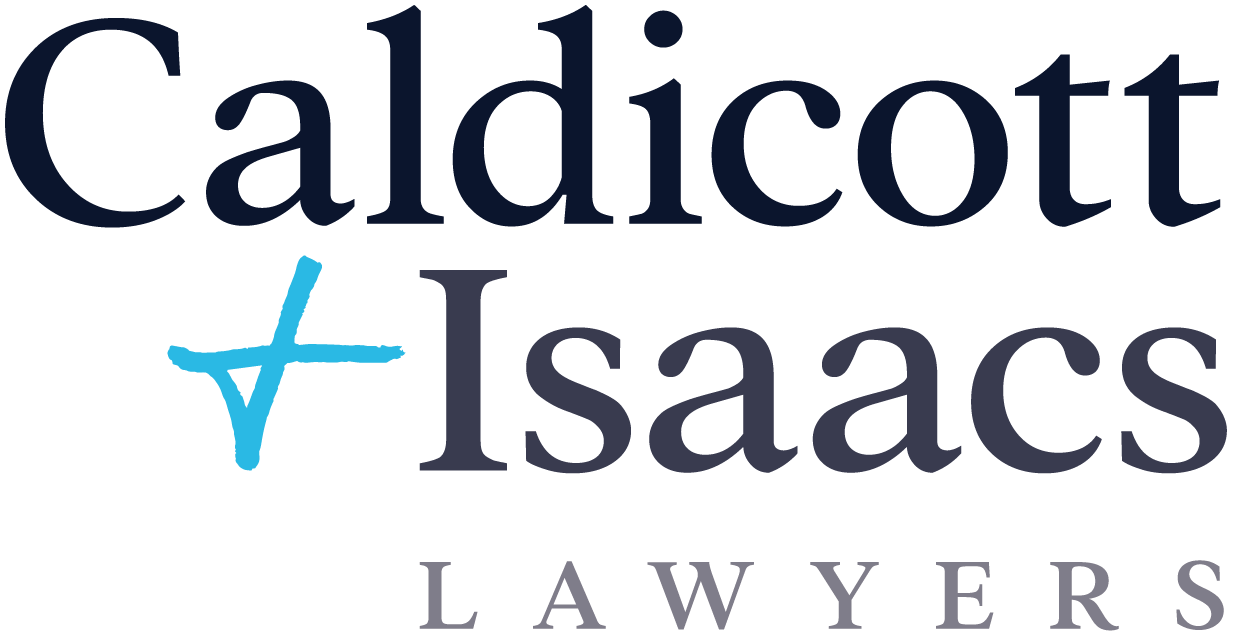It is an offence to assault another person without their consent. This offence is contained in section 20 of the Criminal Law Consolidation Act 1935 (SA).
A person may commit an assault if they:
- intentionally apply physical force to another person;
- intentionally make physical contact with another person, knowing that they might reasonably object to the contact;
- threaten (by words or conduct) to apply force to another person, where that person reasonably believes that the threat will be carried out;
- do an act with the intended purpose to apply force to another; or
- accosts or impedes another in a threatening manner.
However, not all conduct that amounts to an assault will be unlawful. Conduct that is generally accepted as normal incidents of social interaction will not be an assault. For example, contact within the rules of sport, bumping into someone at a concert or touching someone on the shoulder to get their attention will not be an assault.
Further, conduct that it justified or excused at law will not be an assault, such as a police officer making a lawful arrest or reasonable punishment of children.
A person can be found guilty of an assault even if they did not intend to cause harm and even if no harm actually occurred. However, if the assault does cause harm higher penalties are imposed.
Further, a more serious change of causing harm or causing serious harm may be imposed. The charge imposed will be decided by police and will depend on the degree of injury to the victim, whether the victim is a vulnerable person and whether or not a weapon was used.
Basic Assault
The maximum penalty for a basic assault is two years imprisonment.
For an aggravated offence, the maximum penalty is three years imprisonment.
The offence will be aggravated if:
- the accused used or displayed a weapon;
- the victim was a police officer, prison officer or other law enforcement officer on duty;
- the accused committed the offence in order to prevent or dissuade the victim from taking legal proceedings;
- the accused knew that the victim was under the age of 12 or over the age of 60;
- the victim was the spouse, domestic partner or child of the accused;
- the accused was in a position of authority over the victim; or
- the victim was vulnerable due to a disability or impairment.
Further, where the offence is aggravated by use of, or threatened use of an offensive weapon, the maximum penalty is four years imprisonment.
Assault Causing Harm
The maximum penalty for a basic assault which causes harm is imprisonment for three years.
For an aggravated offence of assault causing harm, the maximum penalty is four years imprisonment.
Further, where the assault causing harm is aggravated by use of, or threatened use of an offensive weapon, the maximum penalty is five years imprisonment.
You may have a defence to a charge if:
- the victim consented;
- the act was not a voluntary act;
- you were acting in self-defence;
- you were acting in defence of another; or
- you were defending your property.
Duress
It is a complete defence to a charge of assault if we can show that you were acting under duress. That is, you were acting as a result of violence, or some other threat against you. You will have a defence to this charge if we can demonstrate that you were coerced into the act by a third party, effectively rendering you an instrument of someone else’s criminal conduct.
Necessity/Emergency
The common law defence of necessity operates where the circumstances at hand (natural or human threats) require you to break the law in order to avoid even more dire consequences. There is, thus, some overlap with the defence of duress. It will need to be shown that you believed on reasonable grounds that you were placed in a situation of imminent peril. You may have a medical justification, or it may be the case that you were acting in the course of protecting yourself or someone else.
Essentially, the Court will need to weigh up the act you have committed, against the harm you would have experienced had you not acted in that manner. The Court will also need to be convinced that the act was proportionate to the potential harm.
Mental Impairment
The law recognises that, in some cases, people will not be capable of evaluating the nature and quality of their conduct or more categorically, they will not know what they are doing is wrong. If it can be shown that you were suffering from some sort of mental disease, disorder or disturbance, as distinguished from a mere lack of self-control or impulsiveness, then you may have a defence to this charge.
Mental impairments may be either permanent or non-permanent and may include disorders such as:
- Schizophrenia
- Hyperglycaemia
- Psychomotor epilepsy
- Cerebral arteriosclerosis
The prosecution must prove:
- an act of the accused that interfered with another person;
- lack of consent to the act;
- no lawful justification or excuse.
If the charge is assault causing harm, the prosecution will also need to prove that harm has occurred.
Assault is a minor indictable offence and will be dealt with in the Magistrates Court of South Australia, unless you elect to have the offence heard by the District Court of South Australia (i.e. trial by jury).
Come and see the professional team at Caldicott Lawyers for assistance with your charge of assault.

